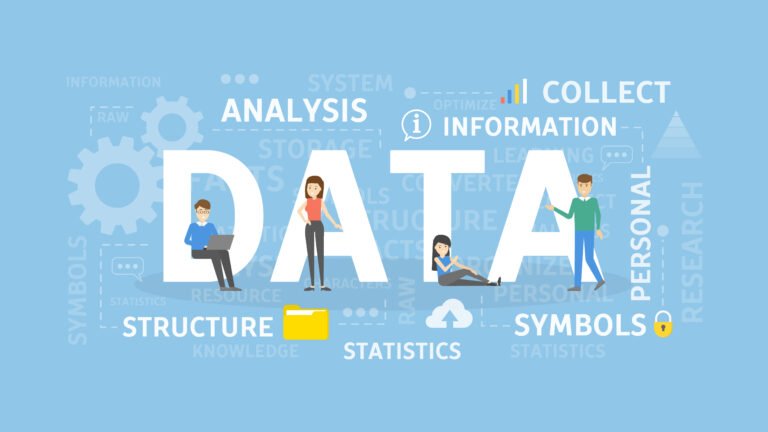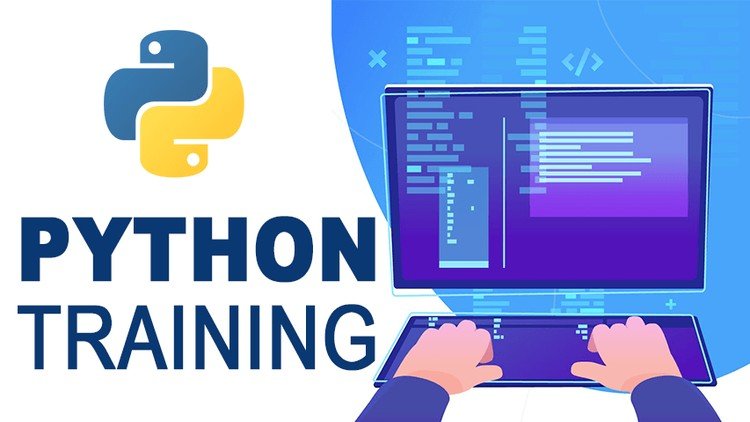Top Python Interview Questions for Data Scientists in 2025
Top Python Interview Questions for Data Scientists in 2025
At Linear Infotech, we specialize in offering top-notch Python courses tailored for data science, machine learning, and even Python for MBA students. As the data science field continues to grow, Python proficiency remains a key requirement for aspiring data scientists. This guide highlights the most frequently asked Python interview questions and provides a step-by-step roadmap to becoming a data scientist by 2025.
Frequently Asked Python Interview Questions
1. Basic Python Questions
- What are Python’s key features? Python is interpreted, high-level, dynamically-typed, and has extensive library support, making it ideal for data science.
- Explain Python’s data types. Key data types include
int,float,str,list,tuple,set, anddict. - What are Python’s mutable and immutable types? Mutable types include
list,set, anddict. Immutable types includeint,float,tuple, andstr.
2. Data Manipulation with Python
- What is NumPy, and why is it important? NumPy is a library for numerical computing, offering support for arrays and matrices, along with a variety of mathematical functions.
- How do you handle missing data in Pandas? Use
df.isnull()to detect missing values,df.dropna()to remove them, ordf.fillna()to replace them with specific values.
3. Data Visualization
- Which Python libraries are used for data visualization? Popular libraries include Matplotlib, Seaborn, and Plotly.
- How do you create a bar chart in Matplotlib?
import matplotlib.pyplot as plt plt.bar(x, y) plt.show()
4. Machine Learning Basics
- What is Scikit-learn? A machine learning library in Python offering tools for data preprocessing, regression, classification, and clustering.
- How do you split data into training and testing sets in Python?
from sklearn.model_selection import train_test_split X_train, X_test, y_train, y_test = train_test_split(X, y, test_size=0.2, random_state=42)
5. Python Coding Challenges
- Write a Python function to calculate the factorial of a number.
def factorial(n): if n == 0 or n == 1: return 1 else: return n * factorial(n-1) - How would you reverse a string in Python?
def reverse_string(s): return s[::-1]
6. Advanced Questions
- Explain Python’s GIL (Global Interpreter Lock). GIL is a mutex in CPython that allows only one thread to execute Python bytecode at a time, which can be a bottleneck for CPU-bound tasks.
- What are generators in Python? Generators are functions that yield items one at a time using the
yieldkeyword, offering memory efficiency.
Roadmap to Become a Data Scientist in 2025
Step 1: Build Strong Foundations
- Learn Python: Focus on Python basics, object-oriented programming, and key libraries like NumPy, Pandas, and Matplotlib. Linear Infotech offers comprehensive courses to cover these areas.
- Mathematics and Statistics: Develop a solid understanding of linear algebra, probability, and statistical analysis.
Step 2: Acquire Data Science Skills
- Data Preprocessing: Learn techniques for cleaning, transforming, and normalizing data.
- Machine Learning: Understand algorithms like regression, decision trees, SVMs, and neural networks. Use Scikit-learn and TensorFlow.
- Data Visualization: Master tools like Matplotlib, Seaborn, and Tableau.
Step 3: Gain Hands-On Experience
- Work on Real Projects: Use platforms like Kaggle, GitHub, and DrivenData.
- Internships: Gain practical exposure by interning with startups or established firms.
Step 4: Build a Portfolio
- Showcase Projects: Create an online portfolio or blog demonstrating your expertise.
- GitHub Repositories: Regularly update your GitHub with clean, well-documented code.
Step 5: Network and Stay Updated
- Attend Meetups and Webinars: Engage with the data science community.
- Follow Industry Leaders: Subscribe to blogs and LinkedIn influencers in data science.
Step 6: Prepare for Interviews
- Mock Interviews: Practice on platforms like Pramp and InterviewBit.
- Review Concepts: Focus on Python, statistics, and machine learning fundamentals.
Resources for Preparation
- Books:
- “Python for Data Analysis” by Wes McKinney
- “Hands-On Machine Learning with Scikit-Learn, Keras, and TensorFlow” by Aurélien Géron
- Online Courses:
- Linear Infotech – Master class in Python, Python for MBA, Python for Data science & Machine learning
- Coursera – Data Science Specialization
- edX – Python for Data Science
- Practice Platforms:
Conclusion
Linear Infotech is dedicated to helping you become a skilled data scientist by providing hands-on training, expert guidance, and a clear roadmap. Python, with its powerful libraries and simplicity, remains the backbone of data science. By mastering Python and following the roadmap outlined above, you can position yourself as a competitive candidate in this dynamic field. Enroll in our courses today and kickstart your data science journey!







